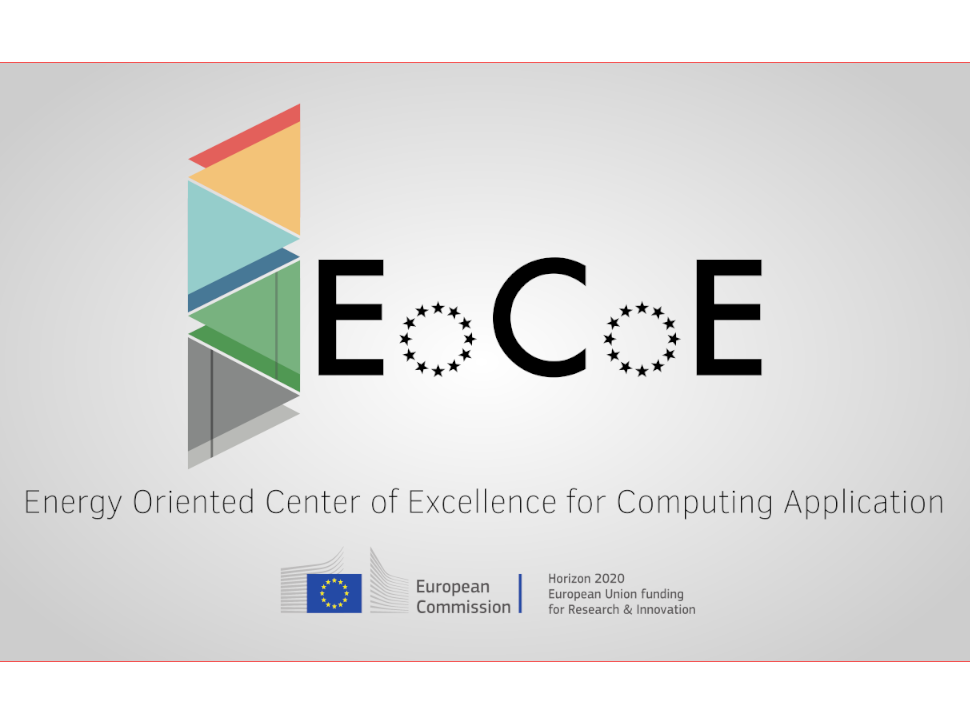WEBINAR: Modeling supercapacitors at the molecular scale

Speaker: Prof. Mathieu Salanne (Sorbonne Université, Maison de la Simulation CEA/CNRS, Institut Universitaire de France)
The electric double layer is generally viewed as simply the boundary that interpolates between an electrolyte solution and a metal surface. Contrary to that view, recent studies have shown that the interface between ionic liquids and metallic electrodes can exhibit structures and fluctuations that are not simple reflections of surrounding bulk materials. The charge of the electrode is screened by the interfacial fluid and induces subtle changes in its structure, which cannot be captured by the conventional Gouy-Chapman theory.
In recent years, this topic has been more intensively addressed in order to develop supercapacitors that are more efficient. The latter are electrochemical devices that store the charge at the electrode/electrolyte interface through reversible ion adsorption. In order to understand the molecular mechanisms at play, we have performed molecular dynamics simulations on a variety of systems made of ionic liquids and electrodes of different geometries ranging from planar to nanoporous. A key aspect of our simulations is to use a realistic model for the electrodes, by allowing the local charges on the atoms to vary dynamically in response to the electrical potential caused by the ions and molecules in the electrolyte.
These simulations have allowed us to gain strong insight on the structure and dynamics of ionic liquids at electrified interfaces. From the comparison between graphite and nanoporous carbide-derived carbon (CDC) electrodes, we have elucidated the microscopic mechanism at the origin of the increase of the capacitance enhancement in nanoporous carbons. We have also extended the simulations to blue energy production devices, which use the capacitive effect to extract electricity from salinity gradients between sea water and rivers.
Registration link: https://attendee.gotowebinar.com/register/1781680943031417872(opens in new window)
Keywords
energy, hpc, supercapacitors


